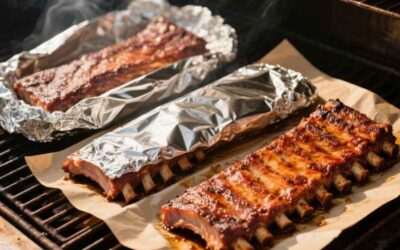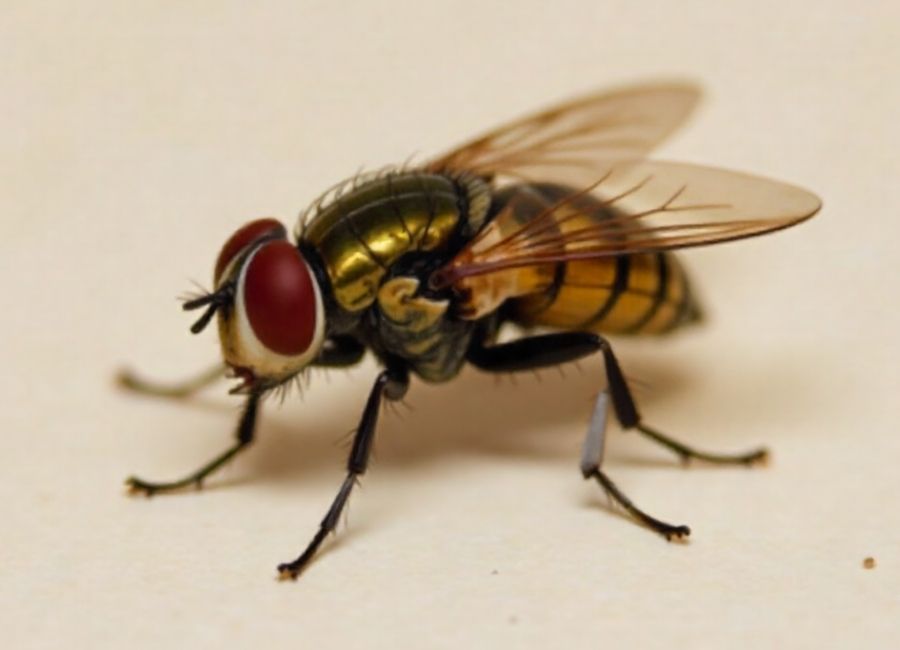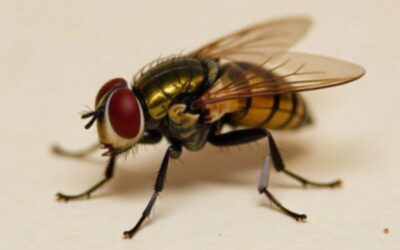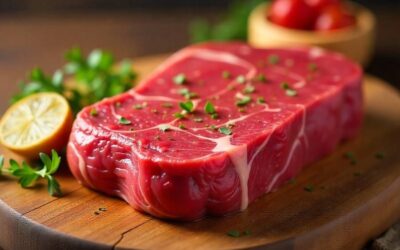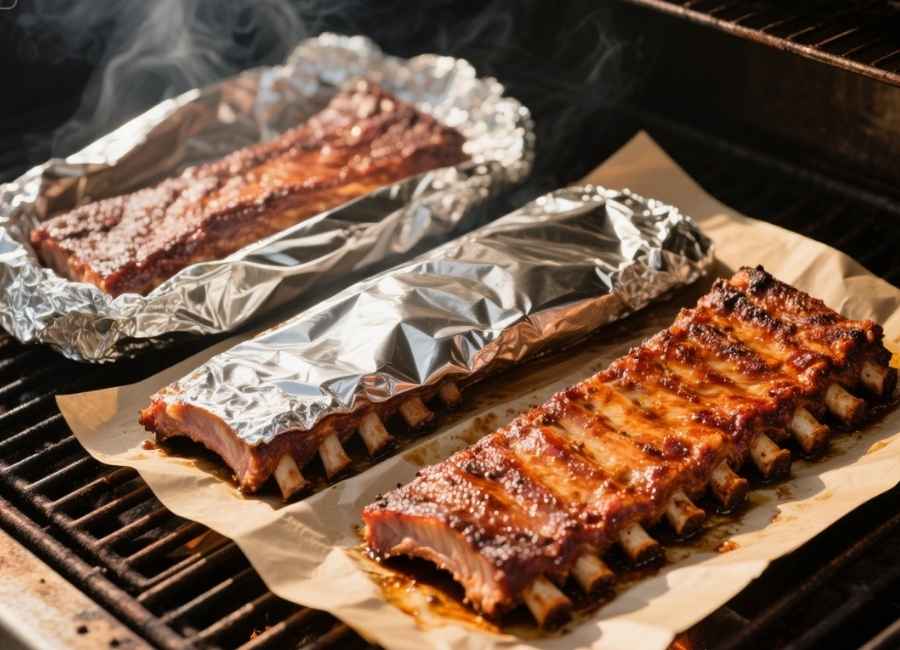Barbecue fans are known for their strong opinions. Whether it’s sauce or no sauce, charcoal or gas, everyone has their favorite way to cook. One big debate is about wrapping ribs: should you use foil, butcher paper, or leave them unwrapped?
Each technique has its own legion of followers, and each promises a different result. The foil method is famed for producing fall-off-the-bone tenderness, while butcher paper offers a balance between moisture and bark. The no-wrap approach is for the purists who believe nothing should stand between the meat and the smoke.
This guide explains the pros and cons of cooking St. Louis-style ribs with each method. We’ll look at how each one affects texture, flavor, and bark so that you can choose the best way for your taste.
The Foundation: Prepping Your Ribs
Before you decide how to wrap your ribs, it’s important to start with the basics. No matter which method you pick, the first steps for preparing and cooking are the same.
Trimming and Seasoning
For this experiment, we use St. Louis-style ribs, which are cut from the belly of the hog after the belly is removed. They are flatter and more uniform than baby back ribs, making them easier to cook evenly.
- Trim the ribs: Begin with St. Louis-style slabs that have been trimmed. Remove any extra fat or silver skin so the ribs cook evenly and are easy to eat.
- Apply a rub: Seasoning is key. Start with a savory rub, such as a garlic-jalapeño mix, right on the meat. Then add a sweet barbecue rub for color and classic flavor. Cover both sides and let the ribs sit for a few minutes so the seasoning sticks.
The Initial Smoke
Once the ribs are ready, move on to the smoker.
- Preheat your smoker to 275°F. This is a good middle temperature that cooks the ribs well, especially if you plan to wrap them.
- Smoke the ribs: Put the seasoned ribs right on the smoker grates. Let them cook for about two hours, spraying them now and then to keep them moist. When you see the bones start to show, it’s time to wrap.
Method 1: The No-Wrap Rib
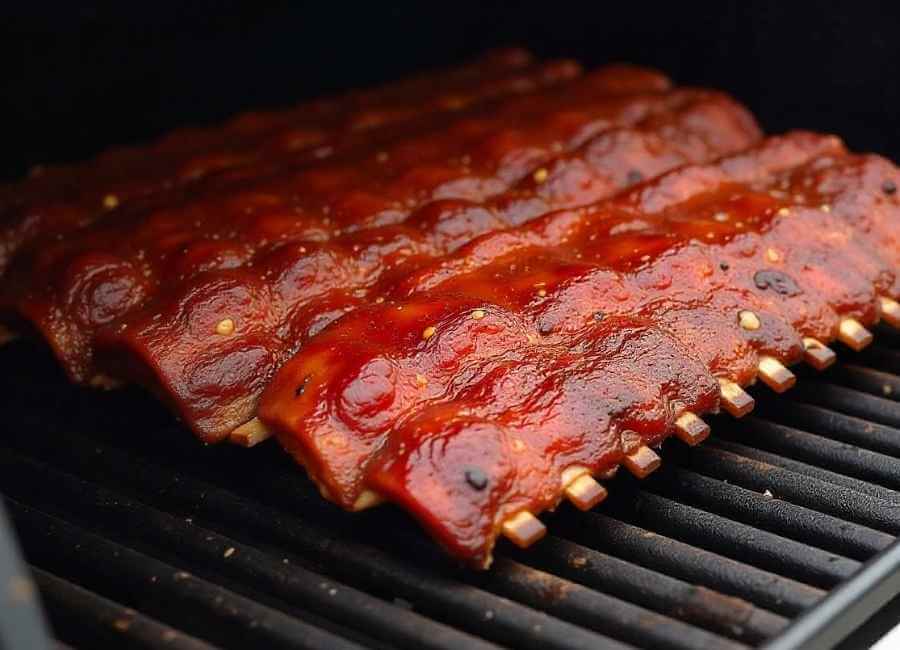
This is the most straightforward method. You leave one rack of ribs on the smoker, unwrapped. This is the simplest method. Just leave one rack of ribs on the smoker, unwrapped, until it’s tender and done. The total cook time will be around 3.5 hours at 275°F.
- The no-wrap ribs get the crunchiest bark because they’re exposed to the smoke and heat the whole time. This gives them a strong texture on the outside, but the meat can be a bit drier and stringier than the wrapped versions.
- Best for: People who love a thick, crunchy bark and a chewier rib. This method works well if you like dry-style ribs and want to add more rub after cooking instead of using sauce.
- Pro tip: If you go with the no-wrap method, try cooking at a lower temperature, like 225°F to 250°F. This slower approach helps the ribs stay moist and keeps the outside from getting too dark or tough.
Method 2: The Foil-Wrapped Rib (The Texas Crutch)
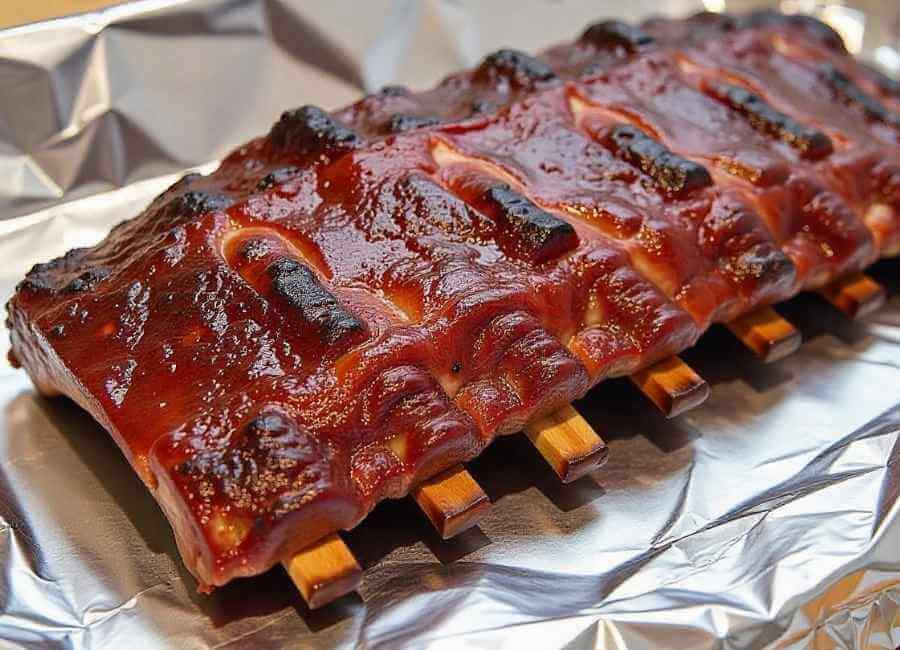
Wrapping ribs in aluminum foil, often called theWrapping ribs in aluminum foil, known as the “Texas Crutch,” is popular with both backyard cooks and competitors. It helps the ribs cook faster and makes them very tender and moist.g Take a rack of ribs and place it on a large sheet of heavy-duty aluminum foil. You can add liquids like butter, brown sugar, or apple juice before sealing, but for a true comparison, we’ll wrap it with nothing extra. Seal the foil tightly around the rib to trap all the steam and juices. Place it back on the smoker, meat-side down.
- This method gives you the most tender and juicy ribs. The meat steams inside the foil, so it almost falls off the bone. The bark gets much softer, but the ribs stay very moist.
- Best for: Anyone who wants super-tender ribs. If you like competition-style ribs that are moist and pull cleanly from the bone, this is a great option. Let the ribs sit in the open foil for a few minutes before slicing so the bark can firm up a bit.
Method 3: The Butcher Paper-Wrapped Rib
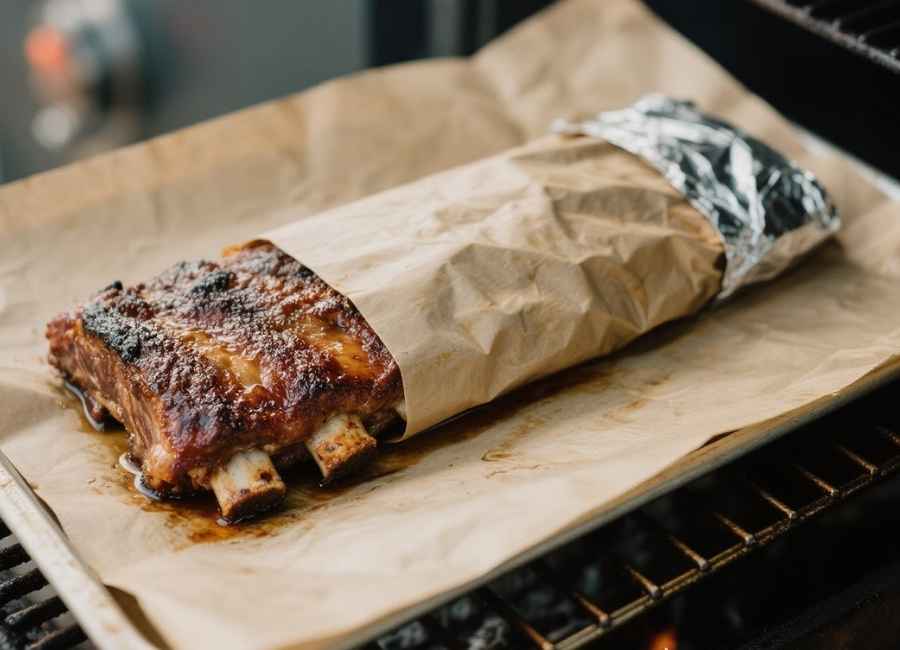
Wrapping ribs in butcher paper is a middle-ground method. The paper lets some moisture out but still protects the ribs, so you get a balance between the foil and no-wrap styles.
- After two hours, put a rack of ribs on butcher paper and wrap it tightly, just like with foil. Place it back on the smoker with the meat side down. The paper soaks up some fat, keeping the ribs moist but not fully steaming them.
- Ribs wrapped in butcher paper stay moist and keep more of their bark compared to foil-wrapped ribs. The meat is tender and juicy, but still has a nice chew and a firm bark. It’s a great compromise.
- Best for: People who want juicy ribs but still want to keep the bark they worked hard to get. This method gives you a tender rib without making it too soft, like what can happen with foil.
The Final Verdict
So, which method comes out on top? After cooking three racks of St. Louis-style ribs at 275°F for 3.5 hours, the differences stood out.
- No-wrap ribs had the crunchiest bark, but they were the least tender and a bit stringy.
- Foil-wrapped ribs were the most moist and tender, with a competition-style texture, but the bark was the softest.
- Butcher paper ribs were tender and moist, but the bark stayed firm. This method was a great middle option.
In the end, the best method depends on what you like. If you want a thick, crunchy bark, choose no wrap. For super tender ribs, use foil. If you want a mix of both, try butcher paper. Try all three to find your favorite.










